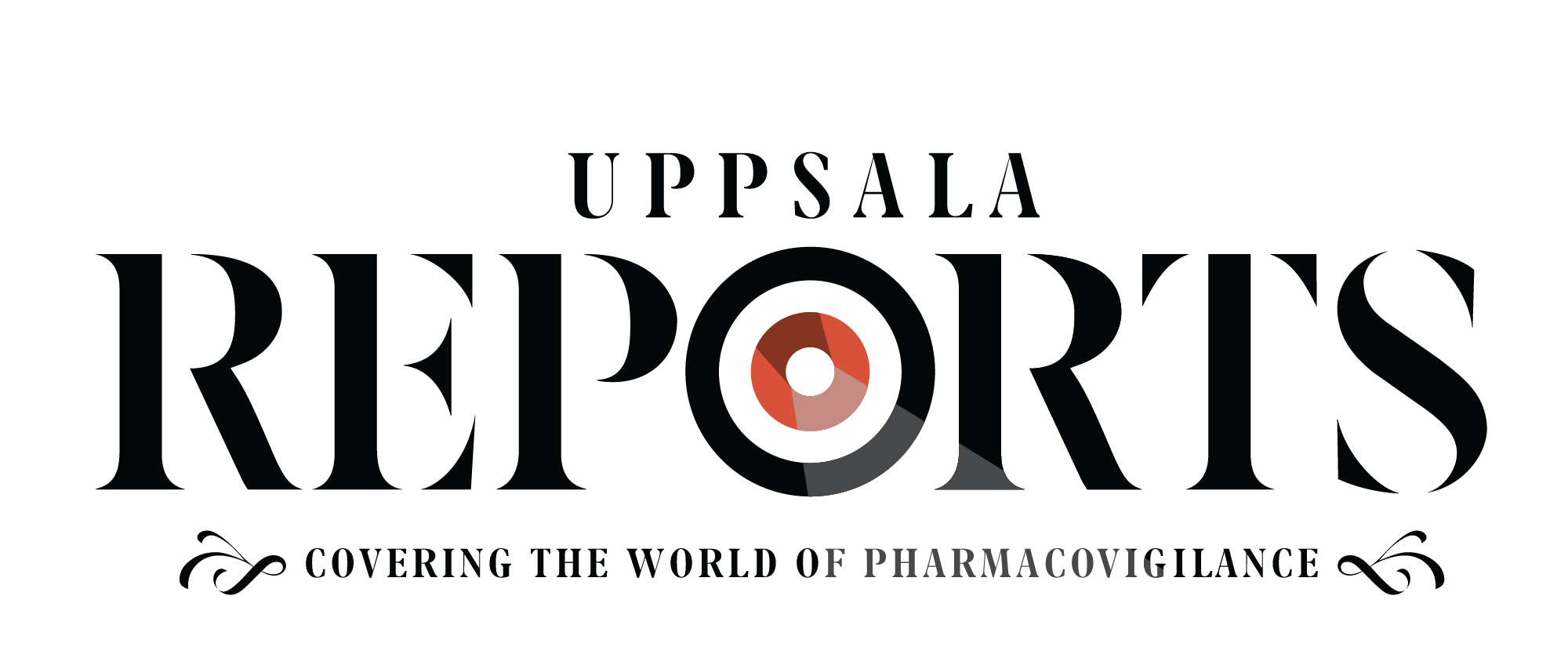
T here are already about 3.7 million connected devices and over 165,000 health and wellness apps that continuously monitor our health, creating vast volumes of health-related data. It is estimated that by 2021 the Internet of Things (IoT) healthcare market will be worth $136.8 billion, according to Allied Market Research.
IoT technology is expected to lower healthcare costs by real-time monitoring of health parameters, resulting in early disease detection and medical intervention. The IoT systems being established to improve healthcare can also be adopted in pharmacovigilance to address current challenges to the safe and effective use of medicinal products. Continuous availability of patient data through wearables, mobile apps, or physiological monitors can mitigate the under-reporting of adverse events. More accurate risk assessment can be made as data becomes available from a higher proportion of the population. Complementary health data sources, including real world evidence, medication errors, and electronic health records, can be combined to build a broader picture for understanding safety events.
Integration of IoT technologies in pharmacovigilance can be achieved through a systematic adoption of available health data sources and technologies.
A network of data sources is crucial, and there have been significant developments in using IoT in medicine in the past decade. The last few years have seen an exponential increase in the capacity and capability of new IoT-related health technologies in creating “smart hospitals”. Recent developments include motion trackers, vital sign monitors, sensor-enabled monitoring devices, and medical robots that communicate using medical literature. In 2017, the US Food and Drug Administration approved the first drug with a digital ingestion tracking system that alerts doctors when the medication has been taken. Sensor-enabled medicinal products can also be effective in capturing signs and symptoms related to drug-induced adverse events.
Intelligent data exchange helps make sense of the abundant data. The IoT is an amalgamation of technologies such as sensors, self-learning and self-repairing networks, and problem-solving machine learning algorithms. These technologies can be applied to detect and prevent safety events due to product quality issues, medication errors, and adverse drug reactions. A paper by Vermeer et al has underlined the need for improving the traceability of biopharmaceuticals in the US FDA Adverse Event Reporting System and the EU’s EudraVigilance database. IoT systems could be a solution. For example, microchips and sensors can be embedded into blister packs, so that the medicinal product a patient is taking can be identified accurately. Information sharing among devices can also decrease the manual effort in adverse event reporting. A study by Linder et al demonstrated how electronic health record-based reporting of adverse events has the potential to greatly increase the number and quality of spontaneous reports submitted to the US FDA.
Advanced analytic methods need to be developed and incorporated. A report from consulting company EMC and research firm IDC estimates that by 2020, connected devices will generate 2,314 exabytes of healthcare data at an annual growth rate of 48%. About 80% of this data would be unstructured, comprising images, X-rays, MRI scans, electrocardiograms, electroencephalograms, and free-text notes. The data may have to be linked to existing databases, such as adverse drug reaction reporting systems. New technologies such as artificial intelligence, machine learning, and deep learning will be required to read, process and analyse these data sets to decipher hidden medical information and derive meaningful insights. There are some developments underway in this area. For instance, PET scans have been used to train a machine learning algorithm to predict if at-risk patients will progress to dementia within two years. The results were highly accurate when compared to existing algorithms using other biomarkers, according to an article published in the Neurobiology of Aging.
So, what will be the impact on current pharmacovigilance processes? When IoT technologies are fully integrated, pharmacovigilance departments will not merely exist as a cost centre to meet regulatory obligations. The focus will switch from collecting and collating data to preventing drug-related adverse events. There will be a seamless flow of information from patient to healthcare providers and health authorities. Devices with embedded sensors will transmit real-time health data to healthcare providers, who can take preventive action for an imminent drug-induced adverse event. The data can simultaneously be transmitted to health authorities, who can apply real-time advanced analytics to allow early detection of signals. The real purpose of pharmacovigilance – ensuring the safe and effective use of medicinal products – can therefore be accomplished.
Read more:
- J A Linder et al, "Secondary Use of Electronic Health Record Data: Spontaneous Triggered Adverse Drug Event Reporting", Pharmacoepidemiology & Drug Safety, 2010.
- N S Vermeer et al, "Traceability of Biopharmaceuticals in Spontaneous Reporting Systems: A Cross-Sectional Study in the FDA Adverse Event Reporting System (FAERS) and EudraVigilance Databases", Drug Safety, 2013.
- L Yu et al, "Smart Hospital Based on Internet of Things", Journal of Networks, 2012.





